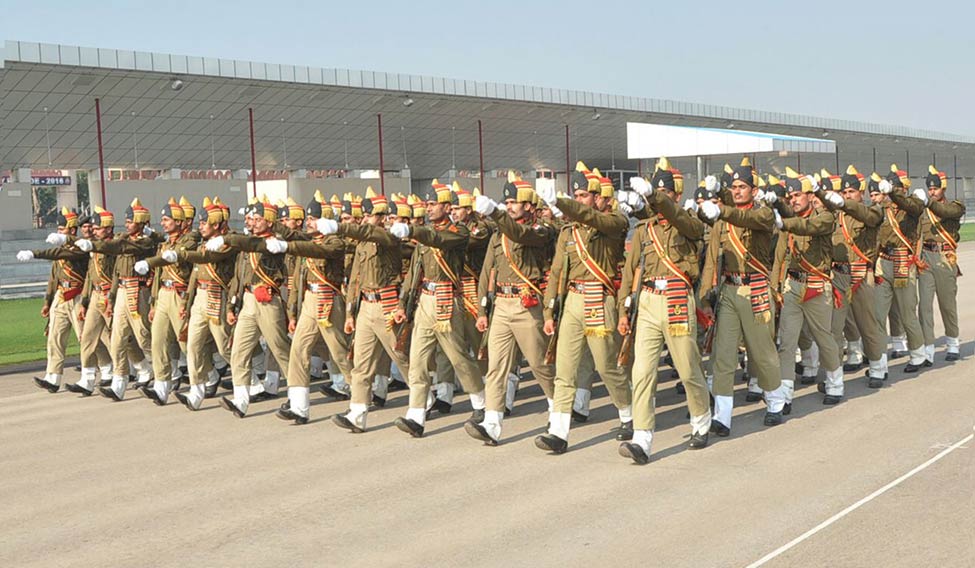Every time the soldiers' boots march down the vast stretch of Rajpath on Republic Day, excitement grips all those who are sitting on the lawns on a cold, foggy morning to watch the grandeur of the republic and the millions sitting glued to their television screens.
So, it is nothing less than a tragedy to see the R-Day parade getting mired in controversy and that, too, on an issue which makes the jawans unhappy. They demand that they should be allowed to walk that 15-minute stretch on Rajpath and salute their supreme commander when the nation is watching. The foot soldiers of the Border Security Force, who bravely took on bullets on the hostile western border, will not get that opportunity this year. Their camel contingent and camel-mounted band will represent them, something the BSF finds insufficient. “We are an infantry force and need to showcase our foot soldiers. The public does not come to the border to see us. This is our occasion to go to the public," says a BSF official.
Two other border forces, the Sashastra Seema Bal and the Indo Tibetan Border Police, have taken up the issue with the Union home ministry. The morale of the SSB, which guards the borders with Bhutan and Nepal, is so badly hit that its director general Archana Ramasundaram requested participation in the parade. The ministry of defence, which is the main organiser of the parade, expressed helplessness, saying the time of the parade was limited and the number of marching contingents was long. Meanwhile, the National Security Guards, the elite anti-terror commando force, has been included in the parade for the first time. Though the NSG comes under the ministry of home affairs, it comprises personnel drawn from the Army.
Clearly, the border forces are unhappy. "The preparations for the parade start soon after December. We have the BSF Raising Day on December 1 and immediately after that the practice starts. Obviously, the best marchers come to the capital to practise. It is a new experience for them and the biggest morale booster," says Ranbir Singh, general secretary of the Confederation of Ex-paramilitary Forces Welfare Association. “The allotment is done by the defence ministry and they refuse to give the Central forces their due while they include their Territorial Army and ex-servicemen in the parade,” says Singh.
The turf war has left a bitter taste in the mouth of many serving and ex-servicemen. "It is not an Army show, it is a 'nation show'. Why can't the government innovate and allow representation of all Central forces? If it is following a roster method to include every force by turn, then why can't it be announced earlier so that the jawans are not left practising for months, waiting for a last minute invitation? The BSF marching contingent is still practising," says K. Srinivasan, a retired inspector general, who has served with the CRPF and the BSF.
Ajay Jain, who was the platoon commander of the BSF contingent during the parade in 1985, says the Central police forces are a disciplined lot and will not protest openly. He has, however, warned that resentment among them is growing and the government should take note. "Nearly 13,700km border is guarded by Central troops,” says Jain. “If they sit on dharna, what will happen? The suicide and fratricide rates among them are already high. Occasions like the R-Day parade act as a great morale booster.”







